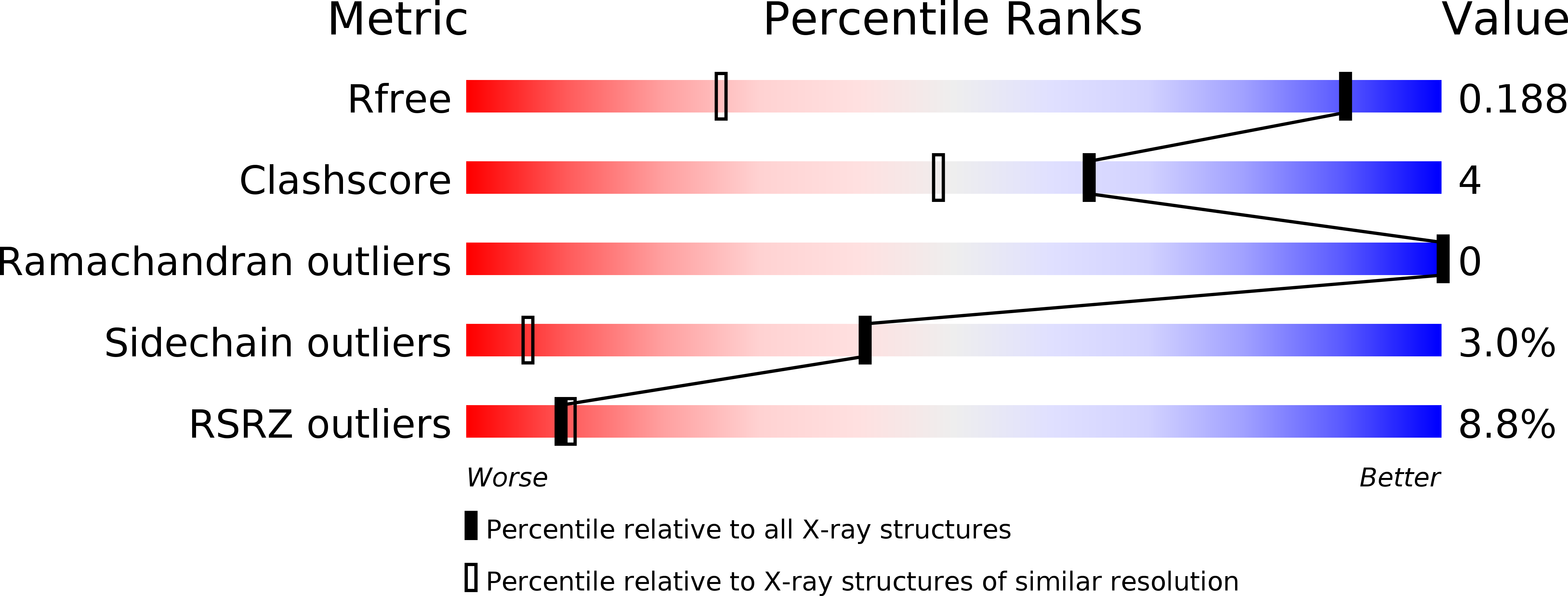
Deposition Date
2004-07-09
Release Date
2004-07-20
Last Version Date
2024-02-14
Entry Detail
PDB ID:
1TZB
Keywords:
Title:
Crystal structure of native phosphoglucose/phosphomannose isomerase from Pyrobaculum aerophilum
Biological Source:
Source Organism:
Pyrobaculum aerophilum (Taxon ID: 178306)
Host Organism:
Method Details:
Experimental Method:
Resolution:
1.16 Å
R-Value Free:
0.16
R-Value Work:
0.14
R-Value Observed:
0.15
Space Group:
P 1 21 1


